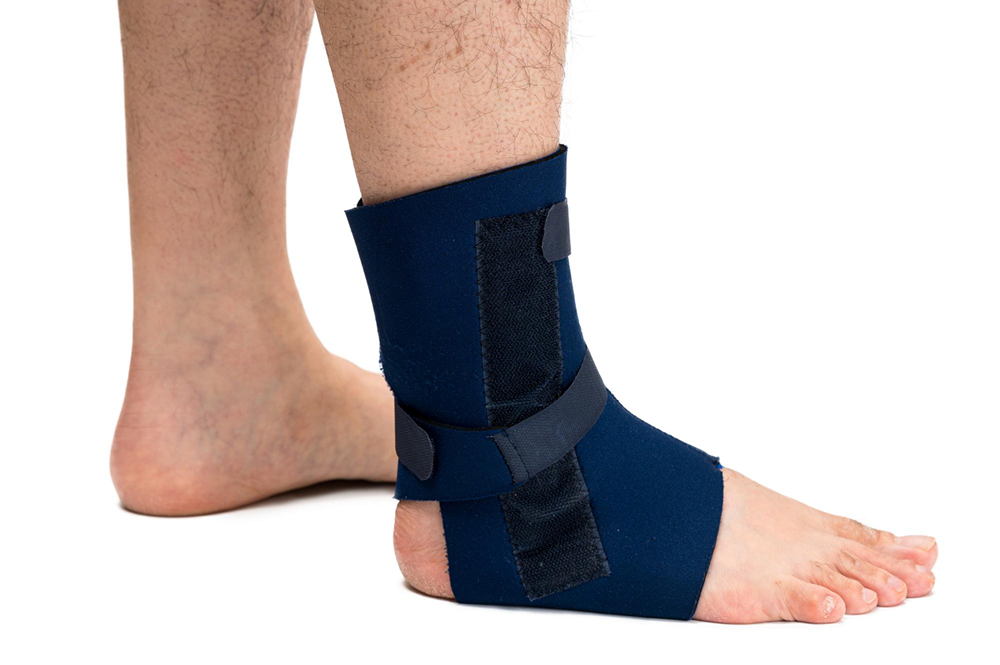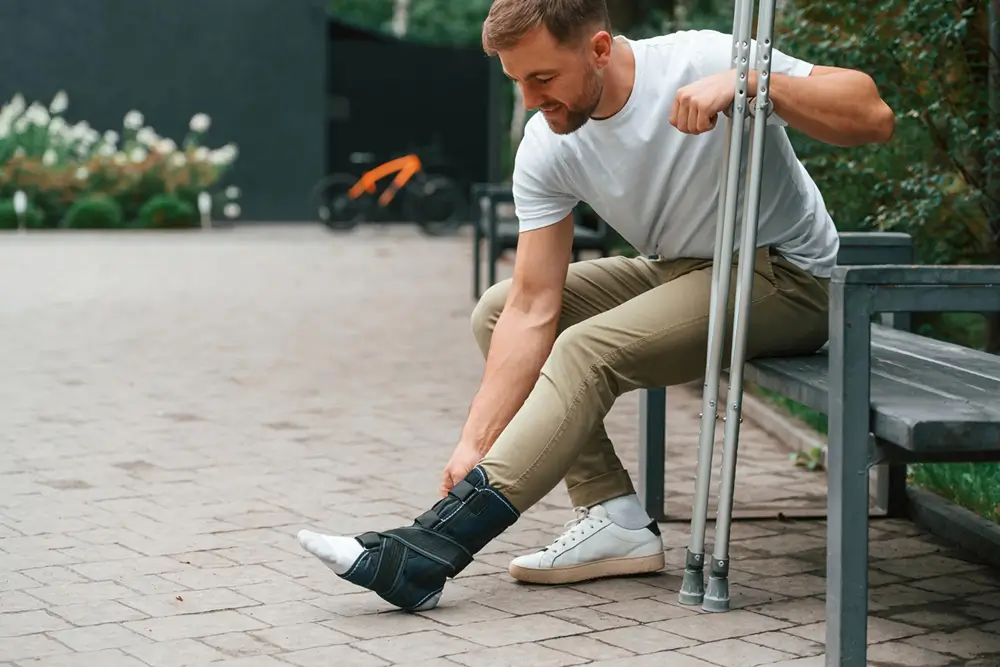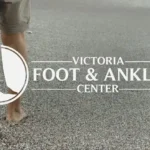What Is Ankle Instability?

Common causes of weak ankles
Symptoms of ankle instability
You might notice these signs of ankle instability.
- Your ankle “gives way” repeatedly
- Swelling and discomfort that won’t go away
- Ankle sprains or injuries that keep coming back
- Problems with balance and walking
Risk factors for chronic ankle instability
Non-Surgical Ankle Treatment Options

Ankle physical therapy exercises
Ankle bracing and support devices
Ankle medication and pain management
When Ankle Surgery Is Necessary

Ankle surgical procedures
Ankle recovery timeline
| Weeks 1-2 | Weeks 2-4 | Weeks 4-6 | Weeks 6-12 |
|---|---|---|---|
| A splint protects your ankle. You should avoid putting weight on it. | You switch to a protective boot and start gentle ankle movements. | Physical therapy begins with focus on strength building. | You slowly return to normal shoes and activities. |
Daily Ankle Instability Prevention

Proper footwear selection
The right footwear is important for ankle instability. Shoes with cushioned soles and proper arch support can reduce your risk of ankle injuries a lot. Your shoes should have these features.
- A rigid heel counter to hold your foot in place
- Adequate arch support matching your foot type
- A well-cushioned footbed for shock absorption
- A sturdy sole providing stability
Ankle exercise modifications
Ankle strengthening routines
Do You Need Ankle Instability Treatment?
Ankle Instability FAQs
What are the most effective treatments for chronic ankle instability?
The best treatments are physical therapy exercises to strengthen the ankle and improve balance, wearing supportive braces, and in some cases, pain management medications.
How long does it take to recover from ankle instability surgery?
Recovery time varies, but most patients can resume regular activities within 8-12 weeks after surgery. However, complete recovery and return to high-impact activities may take 6-12 months.
Can proper footwear help prevent ankle instability?
Yes, selecting appropriate footwear is key in preventing ankle instability. Look for shoes with cushioned soles, proper arch support, a rigid heel counter, and a sturdy sole.
What are the key symptoms of chronic ankle instability?
The main symptoms include frequent ankle “giving way,” persistent swelling and discomfort, recurrent ankle sprains, and balance problems.








